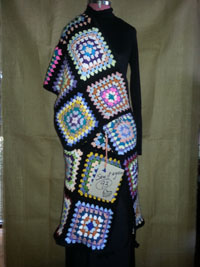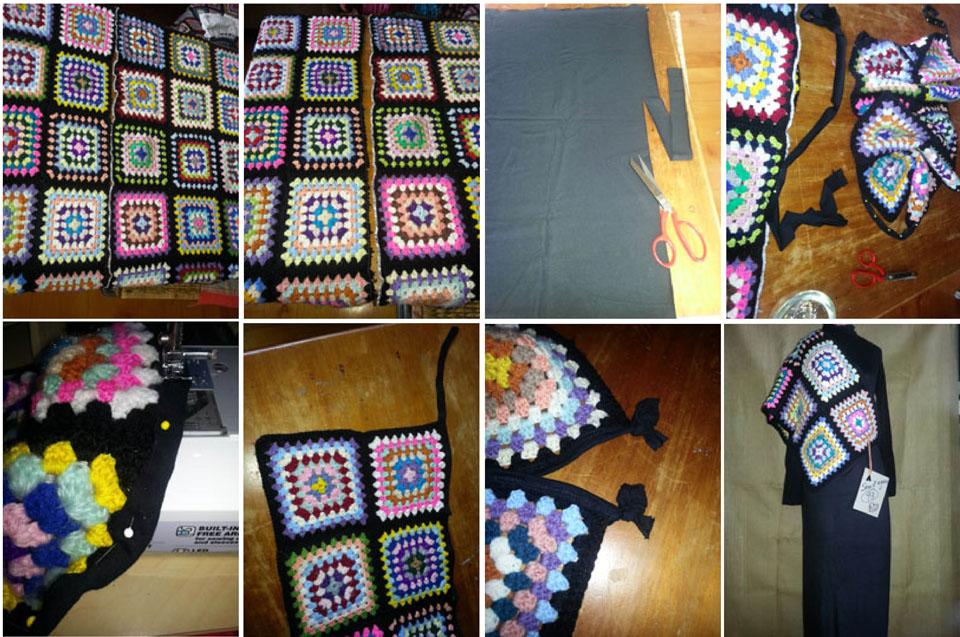 Desire, buy, use, reject and toss are the five stages of engagement with stuff that make our world go around.
Desire, buy, use, reject and toss are the five stages of engagement with stuff that make our world go around.
New Scientist magazine this week says humans are materialistic by nature, but we have an odd relationship with the things we own. Possessions enrich our lives but they also come at a cost, both environmental and psychological. In a fabulous 10-page spread, the magazine dissects our relationship to material goods and ponders the future of ownership.
Alison George writes that tools for hunter-gathering were our first possessions and over time objects became valued not just for utility but also for prestige to advertise the owner’s skill or social status. When people began to live in one place their possessions began to accumulate.
It is our ability to imagine how new things might change our lives that drives us to acquire them … we have transformation expectation about new stuff … we imagine how new things will enhance our lives and somehow make them better. Come in spinner … marketers make a living exploiting that want and desire.
Sally Adee writes about being possessed by possession, the disability of hoarding and addiction of compulsive shopping while Michael Bond says another reason to refrain from retail therapy is the sizeable toll consumerism has on the environment.
“In part to make way for new stuff, people in the US throw away an average of 30 kilograms of clothing and other textiles each year. Also, it turns out that the more you prize possessions, the more likely you are to dismiss environmental concerns.
“Still, the solution isn’t simply to reject our instinct for accumulating belongings. Our stuff has an important role in shoring up our sense of identity, one made most apparent when we are forced to let it go. This can be difficult, even traumatic, since it is akin to letting go of part of ourselves,” Bond writes.
In the end, time is our most precious possession. I have chosen to spend my time this year upcycling wardrobes of clothing and textiles rescued from opportunity shops because I value them as natural resources worthy of respect. Through my eco-focused Sew it Again campaign, I’m using sewing skills and creativity to revive these rejects for a second life.
Sew 93 is a refashioned op shop find, a 25-square rug crocheted beautifully by someone unknown using an assortment of fibres and textiles. I divided the rug into two sections, 2×5 and 3×5 squares, by daring to cut it across the middle after sewing a train-track of zigzag stitching to secure each side before cutting. (Ideally one can unpick the stitches that secured the squares together in the first place, but the black wool makes that nearly impossible. I’ve experimented with cutting and we will see how that goes in time.) I then cut two strips of black knit fabric and used them to cover and secure the raw edges of the crochet, sewing twice using zigzag stitch. I pinned from the middle, so that there is now a tie at both ends to secure the crocheted lengths. The 2×5 becomes a sash or a cape over a black skivvy, and the 3×5 is a wrap skirt over black tights/long skirt. Both can be secured with the ties or a kilt pin.
